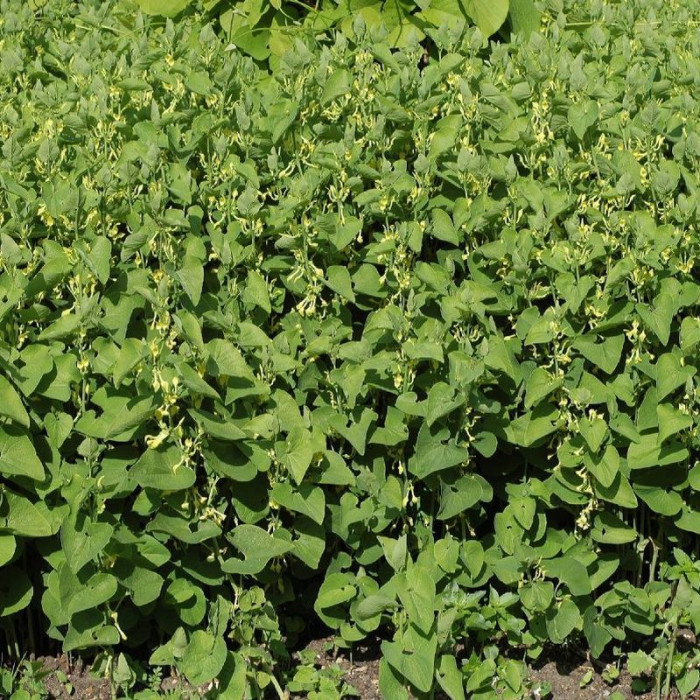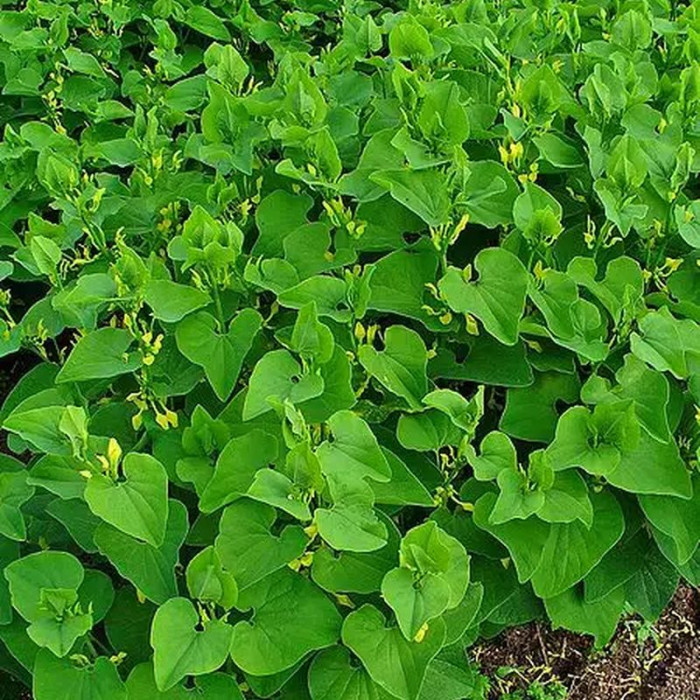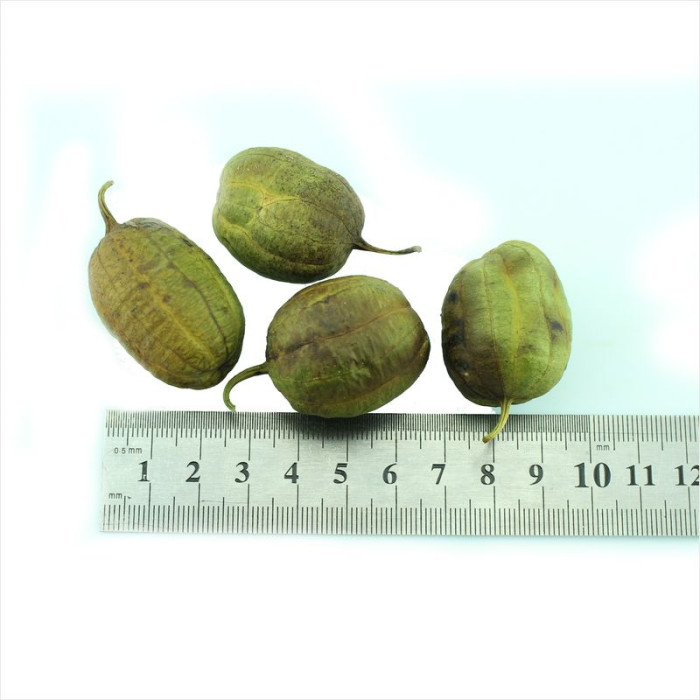European birthwort / Aristolochia clematitis - a herbaceous perennial plant-liana, the height of which varies from 50 to 90 cm. The rhizome is creeping, the stem of the plant is erect, slightly twisting, branches rarely, and has a light green hue.
Birthwort leaves are large, round or ovoid in shape, with a heart-shaped base, matte green in color, arranged on the stem in an alternate order on long petioles, and have an unpleasant odor. The edges of the leaves are slightly rough and jagged.
Birthwort flowers have a yellow, zygomorphic perianth, located in the axils of the leaves in several pieces. The perianth is irregularly tubular in shape. The perianth tube, swollen at the base, has an extension on top - a tongue-shaped limb. The stamens are fused into a column, there are six of them.
The flowering of birthwort begins in late May-early June and continues almost the entire summer period. The fruits of birthwort are hanging, six-locular pear-shaped boxes, the length of which is up to 6 cm. The fruits are formed in September. Birthwort seeds are finely wrinkled, brownish in color, triangular.
Birthwort is no less useful than other widely known medicinal plants. It would be useful to pay attention to it and take it into service in the fight against diseases, especially gynecological ones.
The healing properties are manifested by anti-inflammatory, diaphoretic, diuretic, analgesic and wound-healing effects.
The entire human body experiences the tonic effect of birthwort. The medicinal properties of the plant are as follows: lowers blood pressure, has a choleretic and diuretic effect, and improves kidney function.
Used in large parks, garden compositions, and for partial shade.

No questions about this product, be the first and ask your question.
























